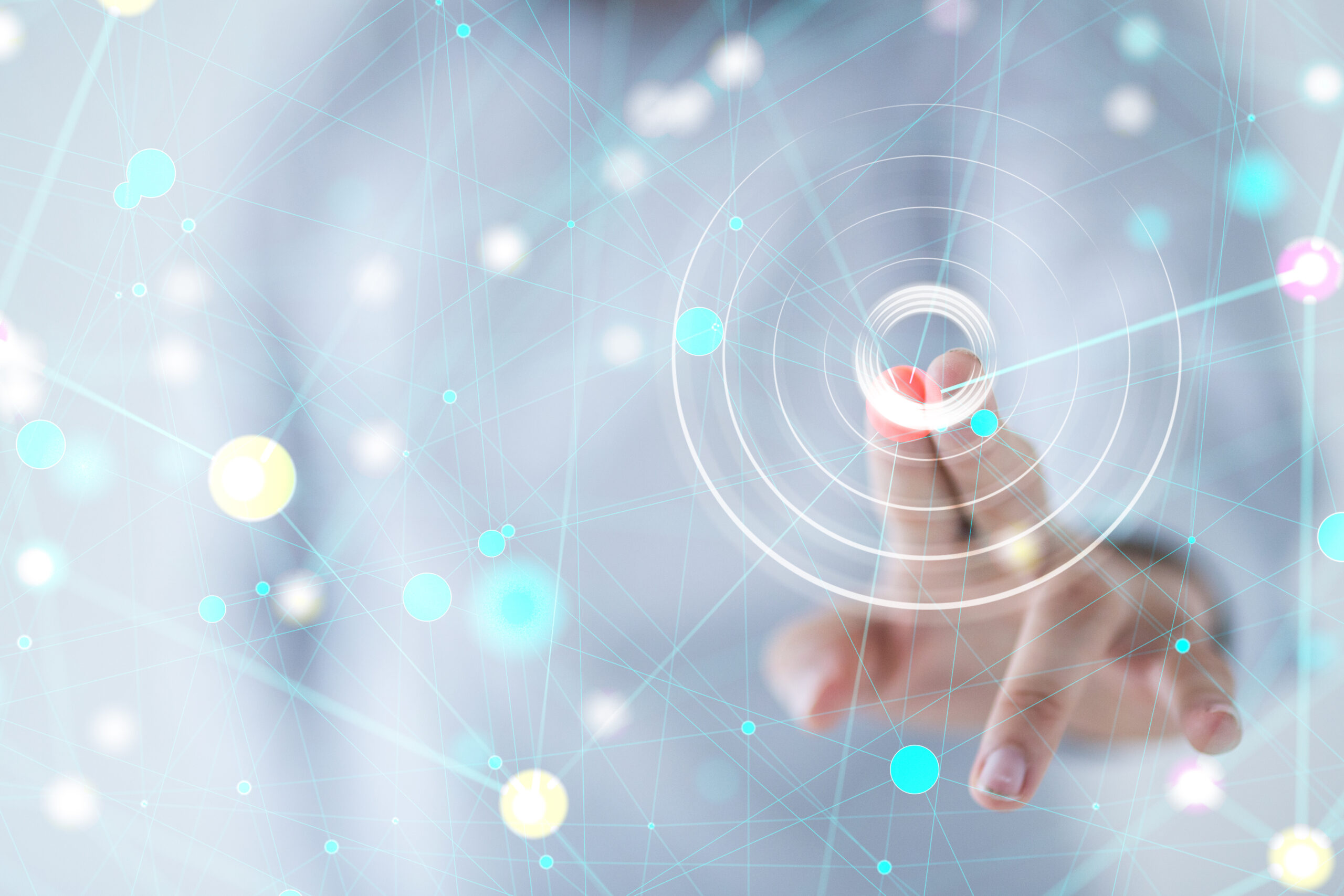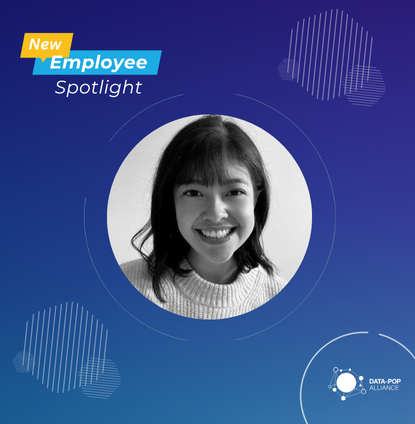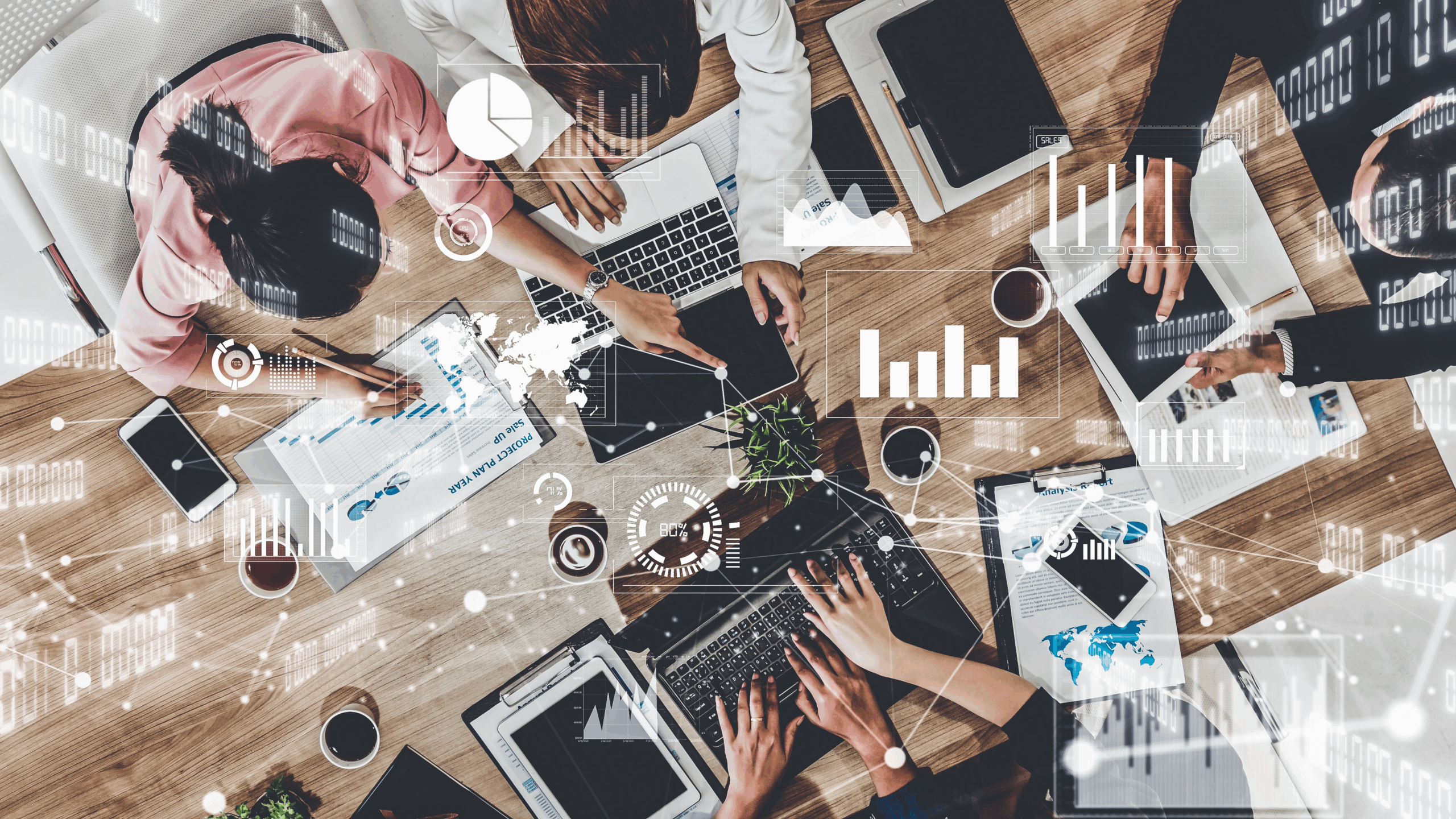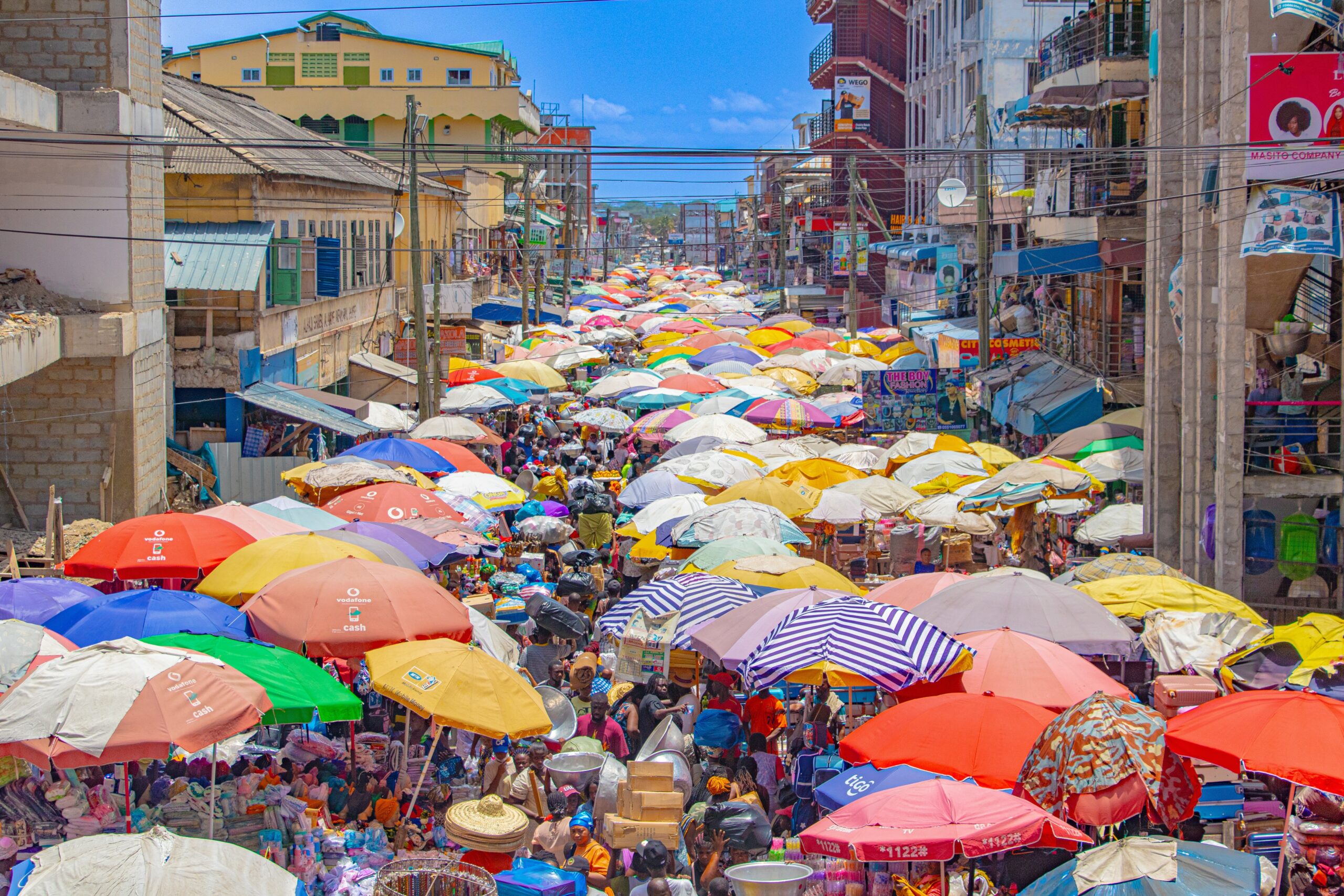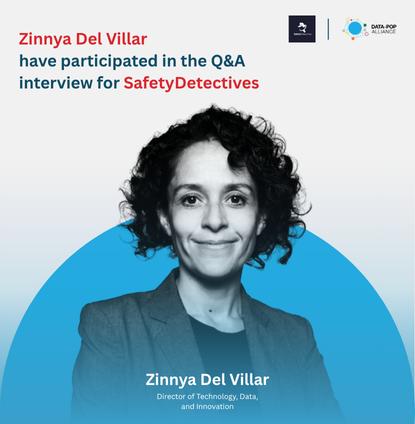LINKS WE LIKE #34
Repetitive, structured, and monotonous are adjectives often associated with Artificial Intelligence (AI) and Machine Learning (ML). Normally these tools are not linked with being creative, let alone with the creation of art. However, in recent years this perception has changed and, increasingly, artists are breaking barriers and using AI and teaching ML models to create art pieces, music, films, and more. For example, Refik Anadol (a Turkish-American artist) was inspired by the movie Blade Runner to create abstract and futuristic exhibitions and architectural pieces using data-driven ML algorithms. In the film industry, BAFTA-nominated filmmaker Oscar Scharp created Sunspring, an experiential science fiction short that was written entirely by an AI model named “Jetson”, which was fed hundreds of sci-fi TV and movie scripts. Likewise, in the music industry, artists are using programs such as Amper and AIVA to create hit songs and even a complete album using AI. These are just a few examples of different ways human artists have relied on AI tools to create their art, and how it has even helped unleash a “golden age” of creativity powered by AI.
Is AI creative?
The question remains if AI can be creative on its own (therefore replacing human creativity), or whether this characteristic ia solely reserved for humans? Arushi Kapoor, CEO and co-Founder of ARTSop art consulting and Arushi, expressed her opinion on the matter and insisted that, although technology and AI have proven to be powerful tools, they are not replacements for the essence of the art which is human creativity. Similarly Kelland Thomas, Dean of the College of Arts and Letters and a Professor of music and technology at the Stevens Institute of Technology, agrees, stating that (for now) AI will continue to be used as a complement to human creativity, rather than as a replacement. Therefore the question shifts from who will replace who, to: how can AI and humans collaborate to create innovative masterpieces?
Unleashing Human and AI Creativity
German AI-art pioneer, Mario Klingemann, has found AI to be a valuable collaborator and means to explore his creative side, despite his lack of skill in traditional techniques, such as painting and drawing. Music producer Lucas Cantor also turned to AI to accomplish the challenge of finishing Schubert’s ‘Unfinished’ 8th Symphony. The mental health institute Over the Bridge leveraged AI to imagine what the well-known “27 Club” (including famous artists such as Kurt Cubain, Amy Winehouse and Jimi Hendrix, who died at the age of 27) could have created if they were still alive in the Lost Tapes of the 27 Club project. Through these examples we can see how AI is being used in the creative arts to not only create groundbreaking pieces, but also to try and rewrite the past and show us what could have been. There are still many unanswered questions concerning piracy, plagiarism, originality, and creativity around the use of AI to build and produce art, but there is no question that this innovative way of approaching the arts is a force to be reckoned with, that will continue to push boundaries across all creative industries.
Join us in this Links We Like, as we explore AI’s creativity, and some of its applications in the creative arts sector, including tools you can use to explore your creativity with AI’s help. Resources are available in English, Spanish, Portuguese, and Arabic.
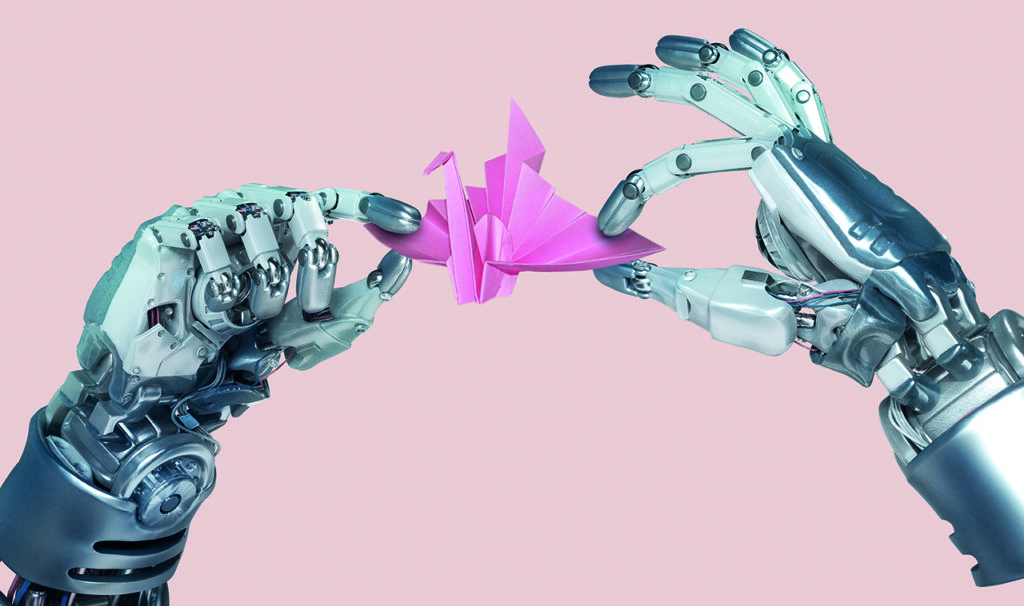
In a conversation with best-selling author Bernard Marr, Oxford Professor Marcus du Satoy explains the argument of AI creativity, which inspired his book “The Creativity Code: Art and Innovation in the Age of AI”. Professor du Satoy begins the conversation by highlighting professor Marget Boden’s definition of creativity as “something that is new, surprising and that has some sort of value.” He compliments this definition with psychologist Carl Rogers‘ reflection that creativity is also a tool to explore ours and others’ conscious world, as well as the combination of the two. Based on these definitions, professor du Satoy presents instances where he has seen AI take on these attributes. For example, he recounts how in an unexpected move, Google’s AI AlphaGo (a program designed to play the ancient Chinese game of Go) beat the best players in the world. This move was new, it was surprising and it definitely had value, as it was the key move that ended up winning the game. Du Satoy also exemplifies AI’s creative power with the story of a jazz AI improviser that listened to the patterns of jazz music and used them to “reply” to a human player. What was striking about this example was the reaction of the human jazz player, who was surprised with the pattern of the AI improviser which he hadn’t thought of before. Through this example professor du Satoy argues that AI is ultimately a catalyst to push human creativity and that if there is a collaborative relationship between human artists and AI, they can break new ground and push creative boundaries.
En 2018, Cristóbal Valenzuela, Alejandro Matamala y Anastasis Germanidis crearon Runway, una plataforma que permite crear producciones audiovisuales, musicales y de arte por medio de inteligencia artificial. Según una publicación de Entrepreneur.com, esta startup chilena permite a creadores, aficionados, artistas plásticos y otros artistas de la industria cinematográfica utilizar algoritmos en sus trabajos. Así, Runway se apuesta a que por medio de su software en la nube las personas puedan desarrollar “contenido sintético”, lo que quiere decir generar, modificar y editar contenido audiovisual de forma automática mediante algoritmos. El objetivo del proyecto es democratizar el acceso a esta tecnología y han recibido respuestas positivas de ingenieros de Google, Facebook y universidades en Estados Unidos. Como lo menciona Alejandro Matamala, uno de los creadores y egresado de la Universidad de Nueva York (NYU): “si ponemos estas herramientas en manos de personas que nunca antes han accedido a ellas, empezarán a pensar en nuevas formas de producir arte, generar contenido y contar historias”.
Em 2019 a artista plástica brasileira, Kátia Wille, lançou uma exposição artística interativa que utiliza inteligência artificial para oferecer experiências personalizadas aos seus espectadores. As obras foram expostas no Museu da República no Rio de Janeiro. A partir de uma parceria com a Microsoft, a artista utilizou serviços cognitivos disponibilizados na nuvem da empresa para programar os movimentos e falas das obras, proporcionando novas maneiras de consumo e interação com a arte. A exposição “Das tripas coração” é composta por três obras que interagem com o público de formas distintas a partir do uso da tecnologia. Uma das obras se modifica de acordo com a leitura de expressões faciais que refletem os sentimentos dos visitantes. Já outra, se movimenta em resposta à proximidade e deslocamento do espectador nas suas proximidades. Por fim, a partir da leitura de voz possibilitada pela inteligência artificial, uma das peças expostas oferece a possibilidade de interação por meio da fala, respondendo aos diversos questionamentos dos visitantes. Em uma publicação do Museu da República, Kátia Wille expressou que o objetivo final da exposição é que ela sirva como um espelho no qual humanos possam se enxergar e serem enxergados por meio da tecnologia.
Dante’s “Divine Comedy” is one of the most renowned works of poetry of all time. Written 700 years ago, his work features the Roman poet Virgil as his guide through Hell and Purgatory. In the play, Virgil represents both the epitome and limitations of human knowledge. Ironically, as AI becomes more prevalent, we currently face questions about the limitations of human knowledge when compared to our digital counterparts. These questions came into stark relief with the world’s first publicly performed robotic poetry reading (in response to Dante), which was written by AI algorithms. The robot performer, Ai-da, is a realistic looking model, designed in Oxford by Aidan Meller. Her hyper-realistic look is accomplished through the use of silicone skin, hair, 3D printed teeth and integrated eye cameras.
This interesting article highlights both the incredible capabilities of the robot, but also the implications for a future in which machines might be responsible for creating content that “in turn shapes and impacts the human psyche and society”. It raises timely questions about the future of creativity, and if AI can truly compete with some of the greatest human artistic achievements.
This article, published in The Guardian in 2020, is still worth a read. The author, Steve Rose, argues that while tech innovations have inundated movie-making for the last few decades (or arguably since the cinema’s inception), the movie business has continued to run on “hunches” . Recently, however, AI has begun to be adopted by various companies in attempts to predict hits and eliminate flops. Warner Bros, for example, is already using a management system developed by a startup (Cinelytic) to inform decision making about “content and talent valuation”. In other words, they forecast whether a specific movie will do better by casting Emma Stone or Emma Watson in the leading role. Incredibly, Cinelytic claims an 85% accuracy of box office forecasting.
A different approach with the same objective is the application of AI to scriptwriting. ScriptBooks is one of the companies following this path; in fact, they measure over 400 parameters to assess a script’s potential success. According to Nadira Azermai, the company’s founder, the story has the “highest predictive value”. Next to these initiatives, stands -of course- Netflix.The value of their algorithms, created not only to suggest content to viewers, but also make content creation decisions is first-rate, and it is no wonder that many other creators (Apple, Amazon, HBO) have also launched online streaming platforms. Despite these interesting advances, the author points out some important potential drawbacks from these practices, and wonders if by eliminating financial risk, AI is eliminating creative risk as well, which is at the core of great movie making. Check out the piece to form your own opinion..
آي- دا، اول روبوت فنّان على شكل إنسان مجهّز بالذّكاء الإصطناعي من تصميم مدير معرض أكسفورد الفني اللامع أيدن ميلر. في محادثة أبهرت الإعلام والحاضرين عام 2020 في مؤتمر TEDx أطلّت آي-دا على الحاضرين لتبهرهم بذكائها ومهاراتها الفنية. باعتبارها أول روبوت فنّان، آي-دا فنانة معاصرة و تعبّر عن الفن المعاصر من خلال استخدام نماذج الذكاء الإصطناعي والتقنيات الحديثة. في بداية المحادثة، طرحت آي-دا أسئلة تدور يوميّاً في ذهوننا؛ “كيف تعمينا التكنولوجيا؟ هل نخفي أنفسنا من خلال التكنولوجيا معًا؟ من أو ما الذي يصبح خفيّا وإلى أي مدى؟“
Further Afield
AI for movie making:
- AI-Generated Film: The Next Phase in Movie Making
- AI as a Movie Maker
- AI Magic Makes Century-Old Films Look New
- How Artificial Intelligence Is Used in the Film Industry
- A.I. Is Coming! World’s First A.I. Created Ad Lexus ES AI Commercial Full Length Directors
- AI is learning how to make you cry at the movies
- Inteligencia artificial en el cine: ¿cuánto de realidad hay en la ficción?
- Inteligência artificial cria trailers de filmes sem ajuda de humanos – Canaltech
AI to generate Art:
- Art AI gallery
- The Role of AI in Art Creation
- Researchers train AI to attribute paintings based on detailed brushstroke analysis
- La inteligencia artificial y las artes. Hacia una creatividad computacional.
- Inteligencia Artificial (IA) y Machine Learning aplicado a las artes visuales
- Inteligencia artificial y arte interactivo en el caso de estudio: UNCANNY MIRROR (2018) de Mario Klingemann
- Obvious y el arte generado por la inteligencia artificial
- Exposição “IA Inteligência Artificial — Irreversível. Agora.” estreia na Cidade das Artes e apresenta ao público os possíveis rumos desta tecnologia | Site Obras de Art
- Aplicativo usa IA para criar imagens apenas com base em palavras escritas – Canaltech
- Katia Wille: exposição com inteligência artificial em parceria com a Microsoft | Lu Lacerda | iG
- لذكاء الاصطناعي يخلق ثورة في عالم الفن
AI in the music industry:
- How Artificial Intelligence (AI) Is Helping Musicians Unlock Their Creativity
- Inteligencia artificial y música: ¿Cómo suenan algoritmos y canciones?
- Inteligencia artificial y música: composición musical
- This start-up uses A.I. to help music producers create the perfect song
- ‘He touched a nerve’: how the first piece of AI music was born in 1956
- How Spotify and Amazon are using A.I. to learn your preferences—and even read your mood
- Conheça a startup brasileira que utiliza inteligência artificial para identificar novos talentos da música e conectá-los com investidores (resumocast.com.br)
- Reconhecendo gêneros musicais brasileiros com técnicas de aprendizagem de máquina supervisionada
How AI is changing the creative industries
- How A.I. Is Creating Building Blocks to Reshape Music and Art
- Can AI automate the film industry?
- How AI is changing music as we know it
- AI could help us deconstruct why some songs just make us feel so good
- La inteligencia artificial cambia la manera de crear y escuchar música
- Robô que gera um playlist no Spotify usando machine learning e os trend topics do twitter
- Machine learning desvenda as características musicais que geram respostas fisiológicas e emocionais nas pessoas – IA Expert Academy
- Sony Music Brazil lança programa de aceleração para impulsionar o desenvolvimento de IA no mercado
- La inteligencia artificial irrumpe en el cine para anticipar los gustos del público
- La inteligencia artificial que podría revolucionar la industria fílmica
- الذكاء الإصطناعي على وشك إتقان الفنون الإبداعية
- كيف يساعد الذكاء الإصطناعي في إنتاج الفنون
- سباق في السعودية على أعمال فنية للذكاء الاصطناعي
Human vs. AI creativity
- AI Music Is Good, but It Won’t Replace Human Creativity
- Can Computers Be Creative? A Look At AI Use In Music Composition
- AI and music: will we be slaves to the algorithm?
- New AI art has artists, collaborators wondering: Who gets the credit?
- AI can make music. But will it replace your favorite musician?
- Artificial intelligence can now make art. Artists, don’t panic.
- الشيفرة الإبداعية”: الفن في عصر الذكاء الاصطناعي

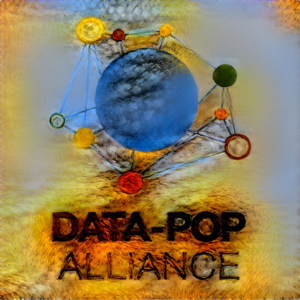
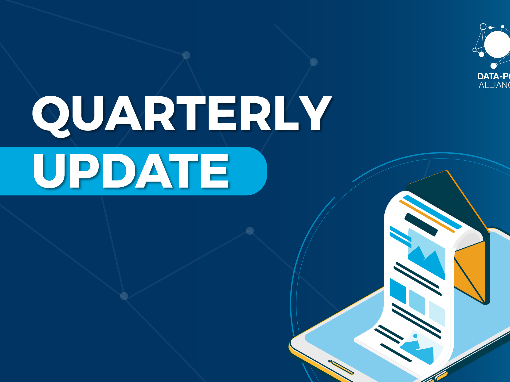
![M002 - Feature Blog Post [WEB]](https://datapopalliance.org/wp-content/uploads/2025/10/M002-Feature-Blog-Post-WEB.png)
